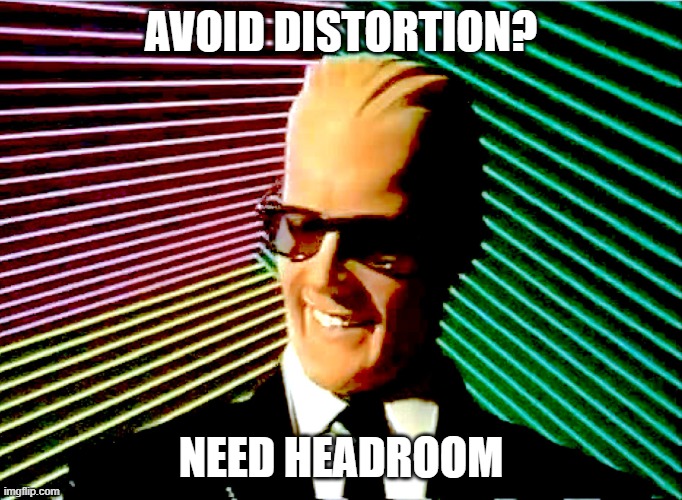
Two months ago I decided I needed a new DAW (Digital Audio Workstation) for my music production. This began a long process, starting with ordering a new hotrod system from Chris Ludwig at FundamentalAV.com. I had worked with Chris 5 years ago when he was with ADK Pro Audio in Kentucky. The new DAW is amazing, incredibly fast, with SSD drives, 11th-gen iCore7 processor, 32 meg. ram, and the most up to date Windows 10 Pro. That was a start.
After another several weeks and considerable labor, I had reinstalled the latest versions of my many audio applications including Cubase 11, Wavelab 10, hundreds of plugins and a raft of virtual instruments. Everything worked perfectly, well mostly everything.
Not being satisfied, naturally, I considered upgrading my monitor speakers. I still have a decent set of Meyer HD-1 main monitors but wanted something more precise for close in, near-field monitoring. I was looking at the higher-end Genelec SAM DSP-powered monitors with room correction, but could not justify the $5000+ cost. Instead I read great reviews for the inexpensive KALI IN-8 MKII studio monitors, at under $900 for the pair! Now these are installed and provide excellent point source imaging and detail. The Meyer’s are aimed more into the room behind my mix position, mainly for clients. The Kali’s I now use for mix decisions and run these at lower volumes. Happiness, until….
I began remixing Less Than Nobody, a song I wrote to support my wife Lynn’s new novel, Measured Time (which mentions a movie titled Less Than Nobody, about the angst of a Vietnam-era vet in a coffee shop, another story for another day). The original version of LTN sounded pretty good but several critical listeners pointed out that, as a rock song, the tempo was not consistent and this got in the way of their enjoyment of the groove. Being mostly an acoustic, free-form player, I had to agree, as I did not record this to a click track. In fact when I sent the song off to a drummer who, for $100, would record a great drum part, he declined after listening to it, saying, “was this not recorded to a click? I can’t work with this…” – Well, phooey!
Listening with my newly acquired precision monitors, I had to agree that if I am going to do a rock song, a consistent tempo would be a necessity. I pulled up the Cubase project from a year ago, and began re-recording the guitar and bass parts, while listening to a click track in the headphones. I added more consistent drum grooves using BFD3. It was sounding more like a proper rock song, except for….. what’s that? Distortion? No matter how I adjusted the mix, the newly recorded tracks exhibited mild to annoying levels of nasty distortion, mainly when the bass or vocal tracks were playing. The wave forms did not look clipped, and in fact I had used conservative levels when recording the mic’d up amp.
I started to think I had made a mistake with the Kali’s, because being so inexpensive, could they be faulty? Could they not handle the levels (not very loud) that I was sending. Or was there an issue with room resonance? Or my recording technique? This bugged me for several weeks. Friends who came over to listen noticed the problem as well, not only in this but in other songs. Bummer!
Finally I stopped thinking about all of the new gear and what might be wrong with it, and thought about my signal chain. I knew from past experience that good sound was all about gain staging, making sure nothing was overly loud or even clipping. What I was hearing did sound like digital clipping. Fortunately I have some really nice Dorrough analog loudness meters that show the level that is actually going to the monitors, as opposed to the digital level meters in Cubase, which showed nominal levels. What could I have overlooked?
Max Headroom! – Or rather, NO HEADROOM. I opened the Lynx mixer application that stands between the output of Cubase and the input to my digital to analog convertors, part of the signal chain the feeds the speakers. All of the faders in this innocuous, mostly out of sight application, were set to max! Yikes, no wonder the Dorroughs were pegging into the red! How could I have overlooked them?
Maybe because I was focusing on the metering and waveforms in the DAW’s UI and not the entire signal chain. Maybe because I was having second thoughts on the recent purchases, or the several grand spent on a new computer. I fact, I was missing the most obvious and fundamental part of my setup – the gain staging of the entire signal chain.
Turning down the faders on the Lynx Mixer by 10 dB restored the headroom that I used to have before I embarked on setting up this new system.
LESSON LEARNED – Less Than Nobody (V.2) is finally sounding like something somebody will want to hear! Stay tuned for a new Soundcloud link.







Speak Your Mind